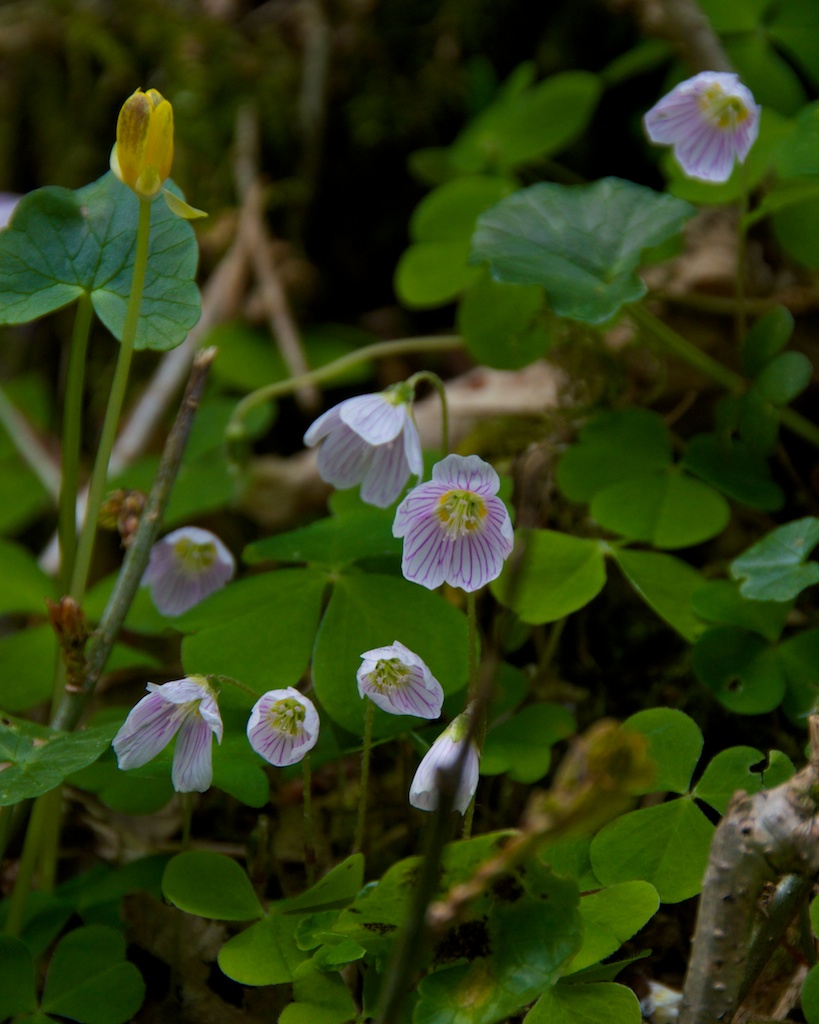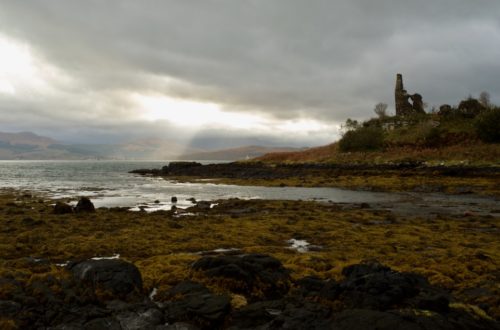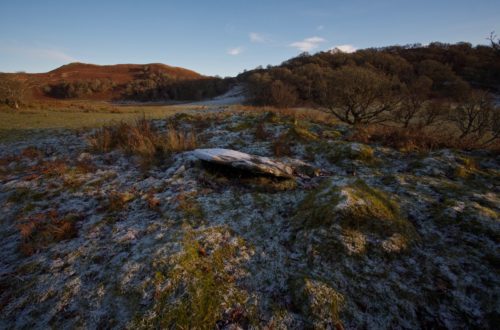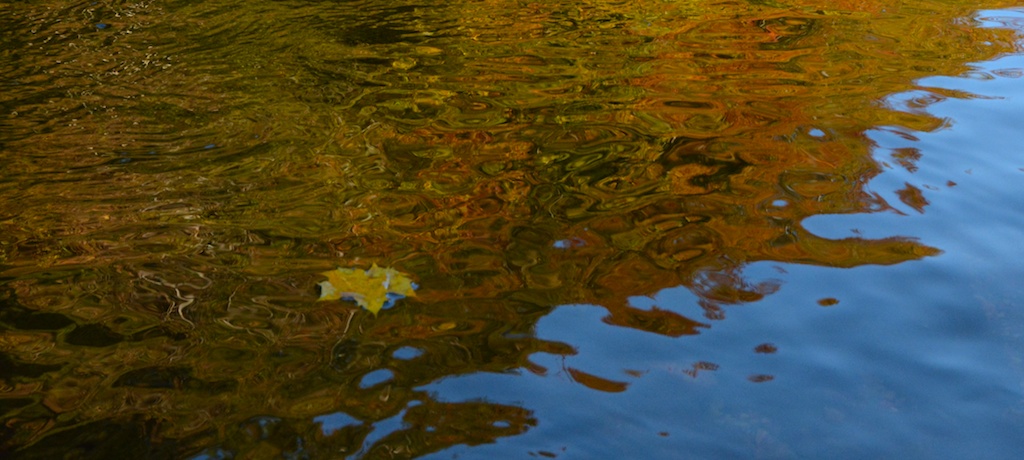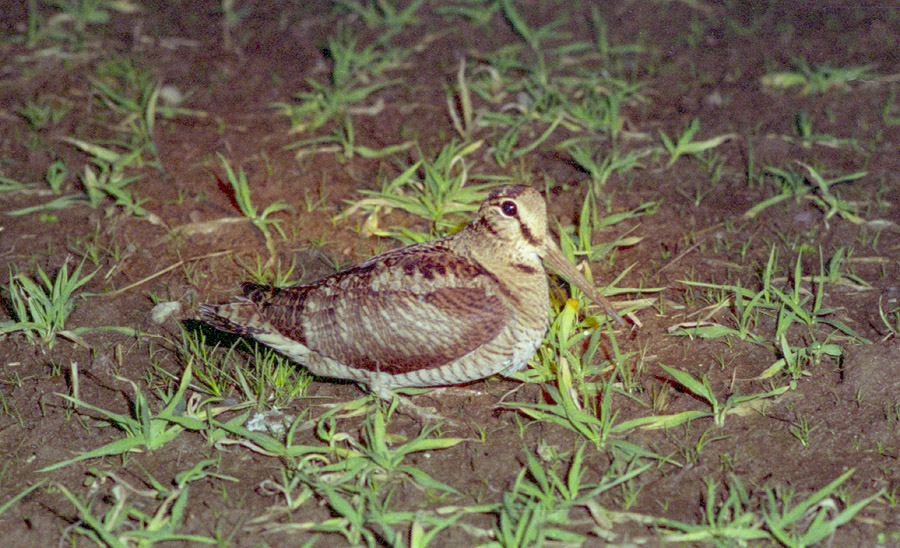
Cockshut – lost in the shadows of twilight
 I’d like to share a fascinating little snippet about woodcock that I came across while researching our book, ‘Woodcock and Pin-feather Painting’.
I’d like to share a fascinating little snippet about woodcock that I came across while researching our book, ‘Woodcock and Pin-feather Painting’.
An old English name for evening twilight is ‘cockshut time’. Although I’d heard of it before, I’d always assumed it had something to do with cockerels: after all, the dawn used to be referred to as ‘cock-crow’, so I reckoned the same cockerels had to shut their eyes in the evening!
But the truth is much more interesting. ‘Cockshut’ traces its roots back to the age-old practice of netting woodcock for food. Woodcock are night feeders, emerging from woodlands at dusk in search of areas of soft ground by the banks of rivers or streams, where they will spend the night under cover of darkness.
They are also creatures of habit: these elusive little birds will fly down the same path or glade every evening, and their flight path through the woods was described as a ‘cock shoot’ or ‘cockshut’.
Hunters and poachers soon came to know the woodcocks’ preferred route, and they would arrange their nets across the glade to catch birds on the wing. Eventually, the term ‘cockshut’ was used to describe the nets themselves.
One of the earliest mentions of ‘cockshut’ can be found in the first printed book on fly fishing. ‘A Treatyse of fysshynge wyth an Angle’ was written by Dame Juliana Berners, an English prioress, and published in 1496. In it, budding fishermen are advised to use ‘cokshote cord’ to create a fishing rod:
“And howe you shall make your rod craftely, here I shall teache you, ye shall cut betweene Michelmas & Candelmas a fayre staffe of a fadome and a halfe longe and arme great of hasyll, wyllowe or aspe [ash], and breath hym in a hote ouen, and set hym euen. Then let hym coole and drye a moneth, take then and frete hym fast wyth a cokshote cord, and bynde it to a fourme of an euen square great tre.”
So, as you make your way home from work or take a stroll in the evening twilight, spare a thought for the woodcock silently winging their way down the ‘cockshut’ – as they have for countless centuries, long before human memory.

Photo and painting copyright © Colin Woolf
